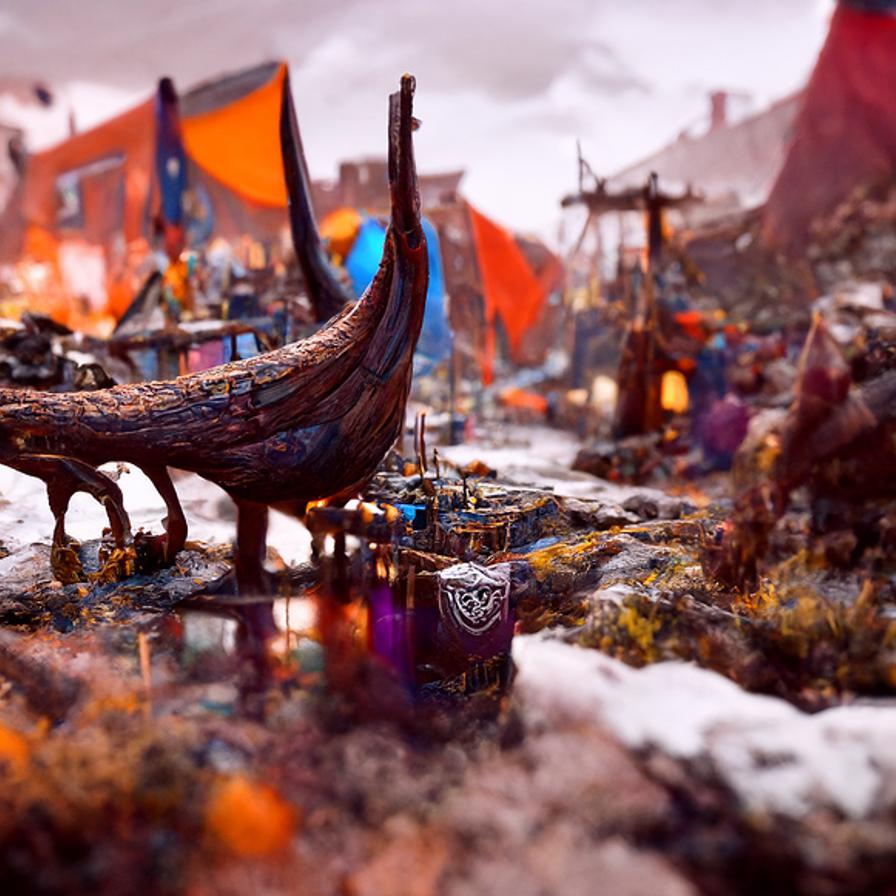The Viking Age is often associated with fierce warriors, epic battles, and a rich culture that still fascinates people around the world today. One aspect of this culture that has captured the imagination of many is their use of runes, a writing system that was used by the Vikings to convey messages, spells, and incantations.
The Origins of Runes
The origins of runes are still shrouded in mystery, but it is believed that they were created by the Germanic peoples around 200 CE. They were originally used as a way of recording important information, such as treaties, laws, and genealogies, but they soon became associated with magic and the supernatural.
The Viking Age saw the widespread use of runes throughout Scandinavia, as well as in other parts of Europe. They were carved into everything from weapons and jewelry to buildings and stones, and their use continued well into the Middle Ages.

The Meanings of Runes
Each rune has a specific meaning, and their uses were varied. Some were used for divination, while others were used in spells and incantations. The meanings of the runes are complex and nuanced, but some of the most common include:
- Fehu: Wealth and abundance
- Ansuz: Wisdom and knowledge
- Raidho: Journey and travel
- Thurisaz: Protection and defense
- Gebo: Gift and exchange
- Algiz: Protection and spiritual growth
The Uses of Runes
The uses of runes were varied and diverse. They were used to convey messages, record important information, and cast spells and incantations. They were also used in divination, with runes being drawn from a bag or cast onto a surface and interpreted based on their position and meaning.
In modern times, runes have been adopted by practitioners of Norse paganism and other esoteric traditions, and their uses have expanded to include everything from divination to tattoo art.
Conclusion
The use of runes was an important aspect of Viking culture, and their legacy still lives on today. Whether you are interested in their historical significance, their meanings and uses, or simply their aesthetic appeal, runes remain a fascinating and powerful symbol of the Viking Age.
Works Cited:
- Jolly, Karen Louise. Popular Religion in Late Saxon England: Elf Charms in Context. Chapel Hill: University of North Carolina Press, 1996.
- Price, Neil. The Viking Way: Religion and War in Late Iron Age Scandinavia. Uppsala: Uppsala University Press, 2002.
- Simek, Rudolf. Dictionary of Northern Mythology. Translated by Angela Hall. Woodbridge: D.S. Brewer, 1996.




Leave a comment
This site is protected by hCaptcha and the hCaptcha Privacy Policy and Terms of Service apply.